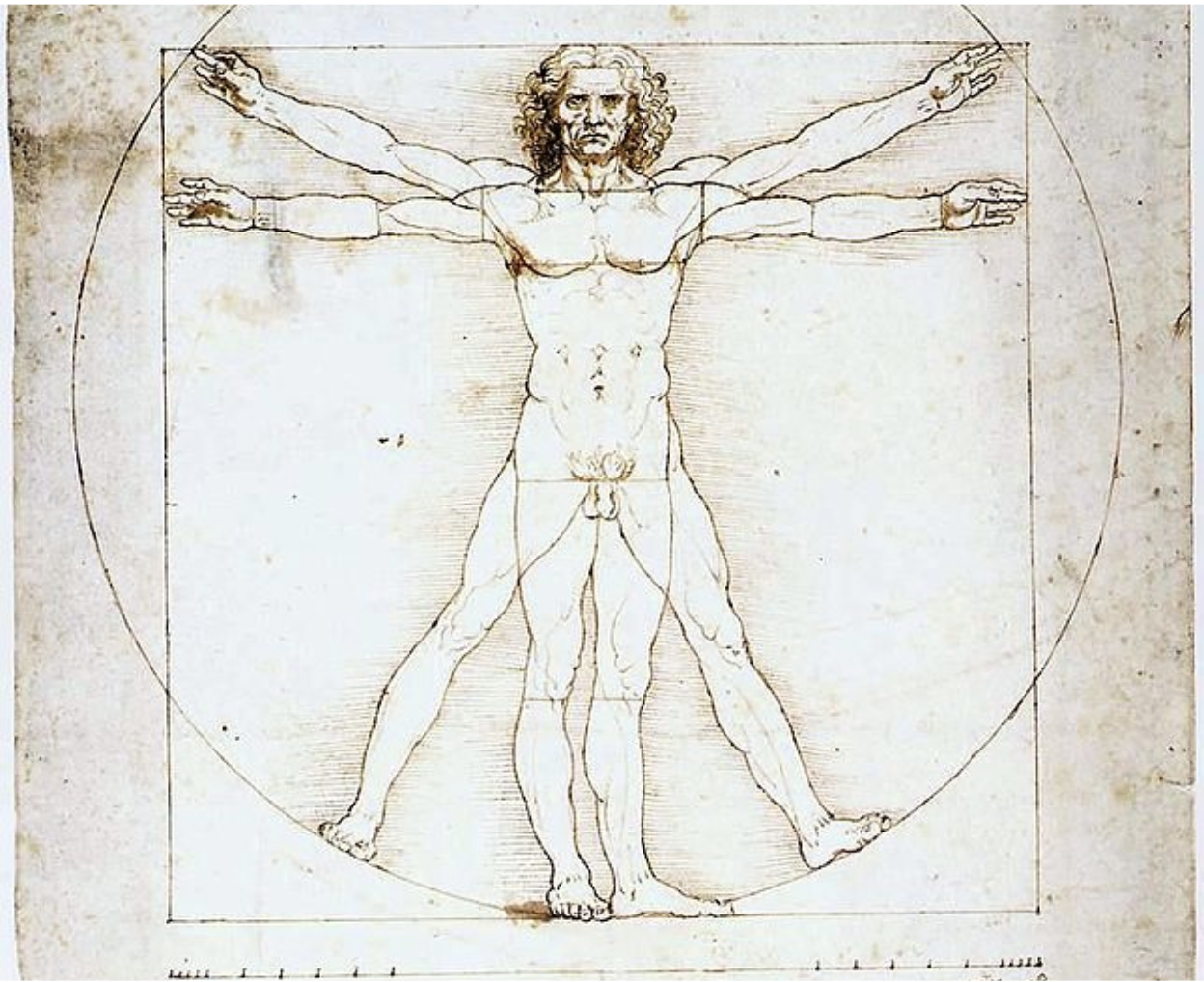Can drunkenness ever be holy? Brady examines the employment of drunkenness as a motif for both spiritual admonition and encouragement in the writings of the Church Fathers and the visual propagation of these teachings through early modern depictions of Noah and His Sons.

It is a difficult feat to make a non-contemporary art exhibition feel culturally relevant - even more so when the art is over 5000 years old. But at the Morgan Library and Museum in New York, Sidney Babcock and Erhan Tamur, the curators of “She Who Wrote: Enheduanna and the Women of Mesopotamia,” have accomplished this. Enheduanna, who lived around 2300 B.C, is the first known author in all of history. She is the daughter of Sargon, the first ruler of the Akkadian Empire, who installed her as a priestess in a temple to Inanna where she wrote poetry that describes her process of writing and worship. The exhibit is centered around Enheduanna, but also covers the significant women who came before her and the role of women in Mesopotamian society and religion overall.
It may come as a surprise that the first known author is from Mesopotamia, an area often glossed-over in first-year art history survey courses, and even more surprising that this author is a woman. To show how this came about, the curators provide the history behind Enheduanna through a series of depictions of women. The curators have singled out some of Mesopotamia’s greatest treasures in this exhibition, in addition to many that are seldom displayed. By including all these masterpieces, most of which are not directly tied to Enheduanna, they make an important point on the significance of women in Mesopotamia- There are only so many great, eye-catching works of Ancient Near Eastern art, and almost all of them revolve around women or goddesses. While some of the objects are much smaller, such as cylinder seals and votive statues, the exhibition points out the depictions of female figures in the most notable Mesopotamian works. For example, in a cast of the Uruk Vase, an incredible artifact from 3200 B.C, the lavish procession of figures carrying offerings and gifts leads up to the female deity Inanna, the same goddess that Enheduanna would write her great poem about nearly a millennia later.

One of the main eye-grabbing centerpieces of the exhibition is a remarkable work of jewelry and metalwork, the funerary headdress of Queen Puabi. Although she lived 200-300 years before Enheduanna, she sets a precedent for the importance of women and their documentation. Regardless of one’s sentiments towards Ancient Near Eastern art, this work is a spectacle certainly worth seeing in person.

The second half of the exhibit focuses on Enheduanna specifically, keeping the viewer engaged with a diverse array of artifacts, from textual tablets, to statues, to cylinder seals. The most notable object in this section is the Disk of Enheduanna, an alabaster cylinder from 2300 B.C. that shows the priestess and two smaller figures making an offering to an altar. The disc is inscribed in Sumerian and identifies the figure: “Enheduana, zirru priestess, wife of the god Nanna, daughter of Sargon king of the world, in the temple of the goddess Inanna…”

Although not confirmed, several other small sculptures are hypothesized to also be portraits of Enheduanna, based on her distinct attire of a feathered dress and head covering worn in the disk.

Enheduanna’s writing centers around her role as a priestess for the goddess Inanna. In her magnum opus of sorts, “The Exaltation of Inanna” she describes the process of writing the 'exaltation’ and also her experiences and tribulations in being a priestess. Notably, this foundational source from the first woman writer features a section in which she calls out, by name, a priest who she suggests sexually assaulted her and expelled her from the temple.
She then goes on to tell of her struggles to regain her position as priestess, and her perseverance in prayer to Inanna until she is restored. It is a powerful poem. As we learn more about Enheduanna, she becomes real, and even though the votive statues surrounding the tablet are not confirmed as depictions of her, one cannot help but imagine the priestess in prayer, grateful to have been returned to her rightful role.
Enheduanna’s writing lived on for centuries, rewritten by scribes as part of their mandatory curriculum before it eventually was lost. But since its rediscovery in the late 20th century, she has captivated historians and scholars, and now, she has captivated the public. When we read her work today, the period comes alive. These cryptic cuneiform blocks are no longer just ancient artifacts, but evidence of our shared humanity with people from long ago. “She Who Wrote” is an exhibition well worth the visit, not just to learn about the first writer but also to marvel at some of the greatest works of Ancient Near Eastern artwork that have been brought together by the Morgan Library.





